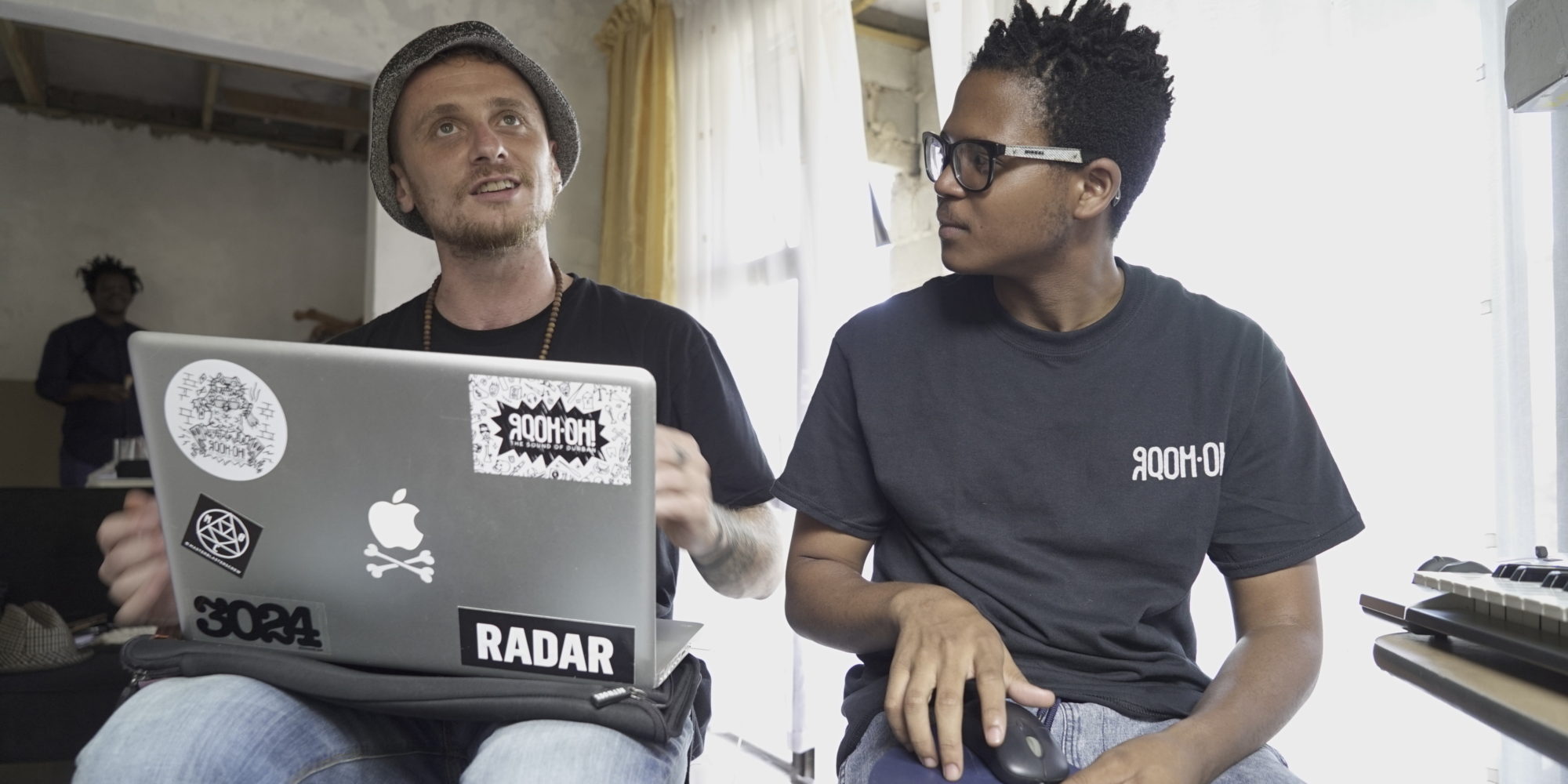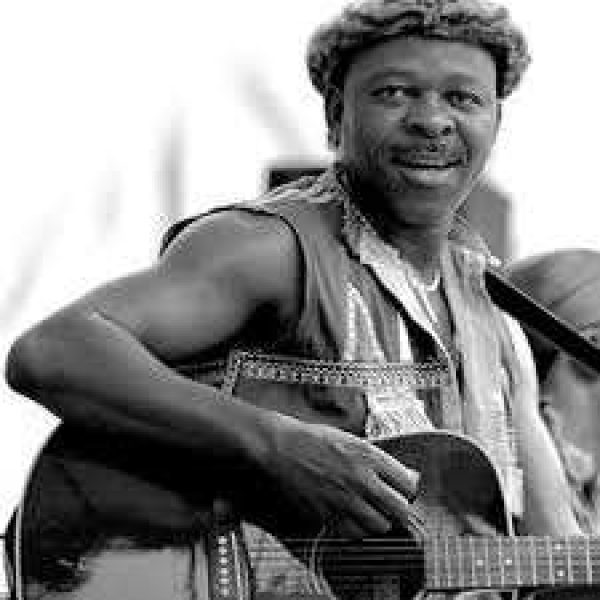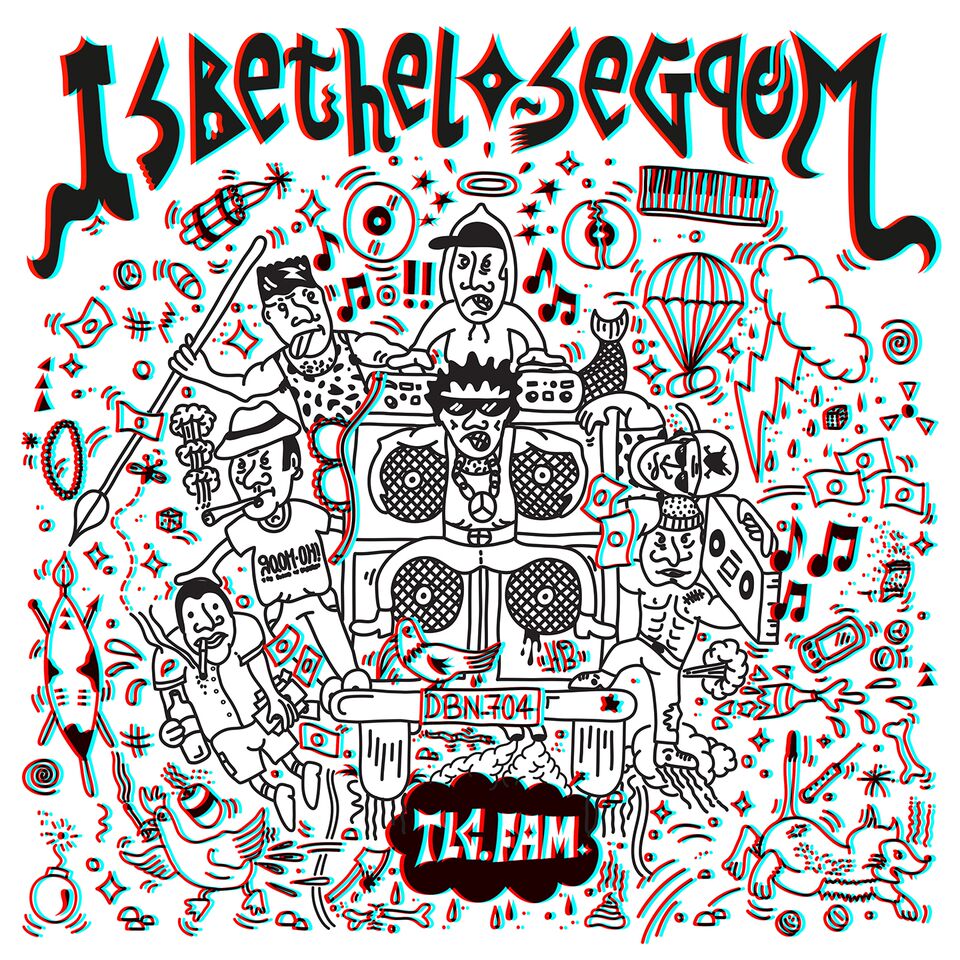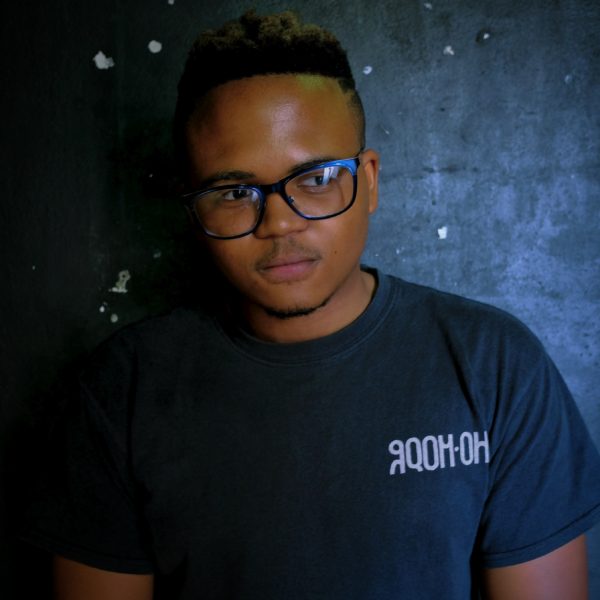Afropop Classic March 21, 2019
The Gqom Generation of Durban, South Africa
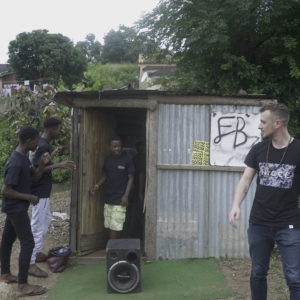
There's an exciting new sound exploding in Durban, South Africa: Gqom! In this program, we explore the music and meet the young generation of artists creating it.
The latest music craze to hit South African dance floors is a dark, pulsating and energetic sound called gqom. For the past seven years, a young and technologically skilled generation in Durban, KwaZulu Natal, has created and finessed a sound that has the world hooked and wanting more. It is an entire cultural movement complete with distinctive dance moves and styles. We talk to some of the deejays and young producers of this genre, like DJ Lag, Citizen Boy and Distruction Boyz, as well as Gqom Oh record label owner Francesco Nan Kolé to understand where gqom originated, how it’s made and where it’s going. We also look at how this rough and raw party music has evolved to accommodate a more commercial market.
Music from this program:
"Woza Taxi - Gqom Secret Stash Out Of The Locations." A Documentary presented by Crudo Volta and GQOM OH!.








